On a day-to-day basis, grass is an overthought for most people. Grass is grass, right? Well, not quite. There are more than 12,000 species of grass in the world, and different regions have specific types. In Texas, there are hundreds of types of grass, but not all of them are common.
Most lawns, gardens, parks, or other grassy areas are covered by one of a dozen or so species. Since Texas has such a diverse climate, the type of grass you sow is very important to ensure your lawn remains in good condition. Knowing the different species is more than worthwhile if you’re planting a lawn.
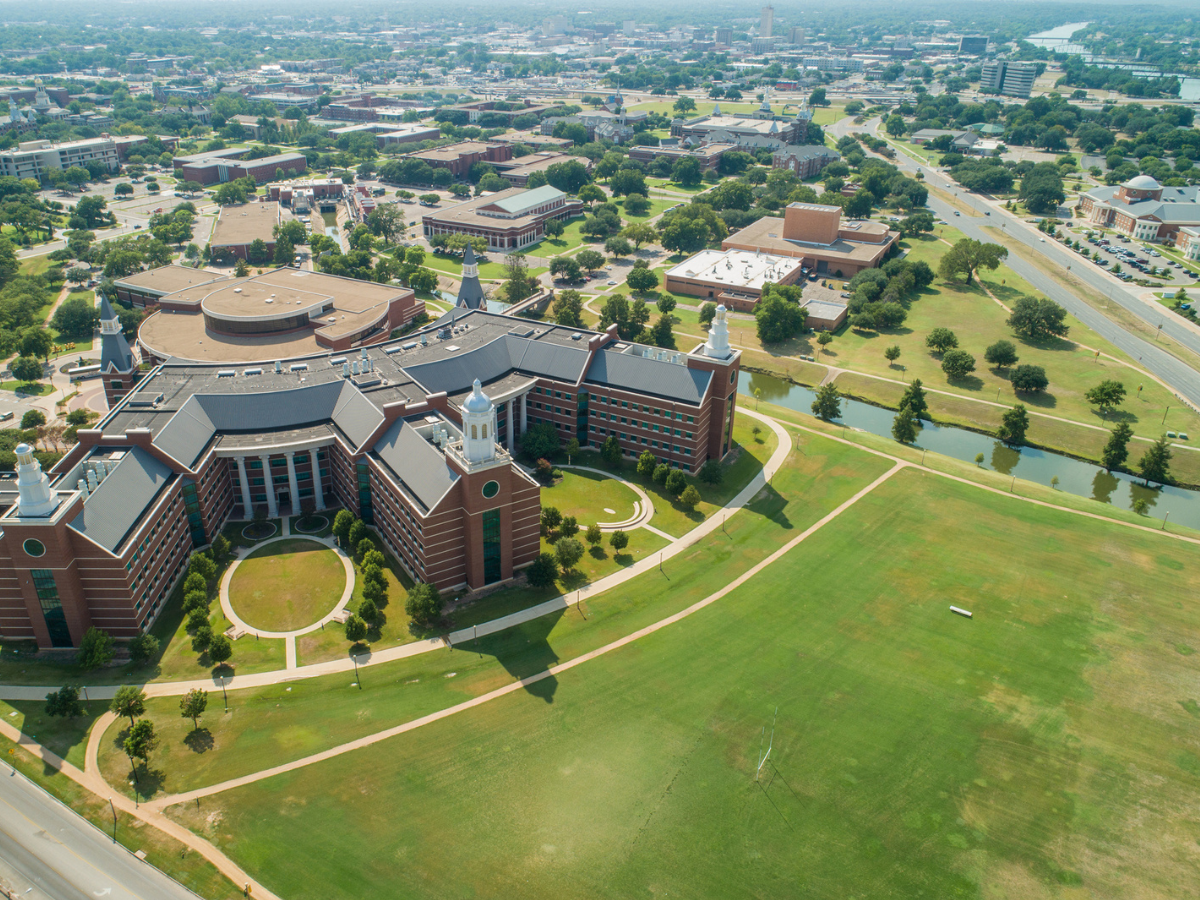
Texas Types Of Grass: Most Common Grass In Texas
At 268,597 square miles, Texas is enormous. Although most regions generally have hot and dry summers and mild winters, temperature averages can differ significantly depending on where you are. Some areas are covered in desert, others have more rain, and several places lie somewhere in between.
So, naturally, the flora and fauna, wildlife, and terrain can be chalk and cheese according to your location. Texas types of grass fall into several different categories. When planning to sew a new lawn or plant a garden, it’s very important to assess your options and suits your needs.
The best place to start is to learn your new lawn journey is to familiarize yourself with the different types of grass. That way, you’ll get an understanding of what species thrive in specific environments and which ones will give you the aesthetic that you’re looking for.
To help you on your journey, we’ve assembled a list of the most common types of grass in Texas. We break down the essential details, ensuring you have all the information you need to decide. Now, let’s take a look.
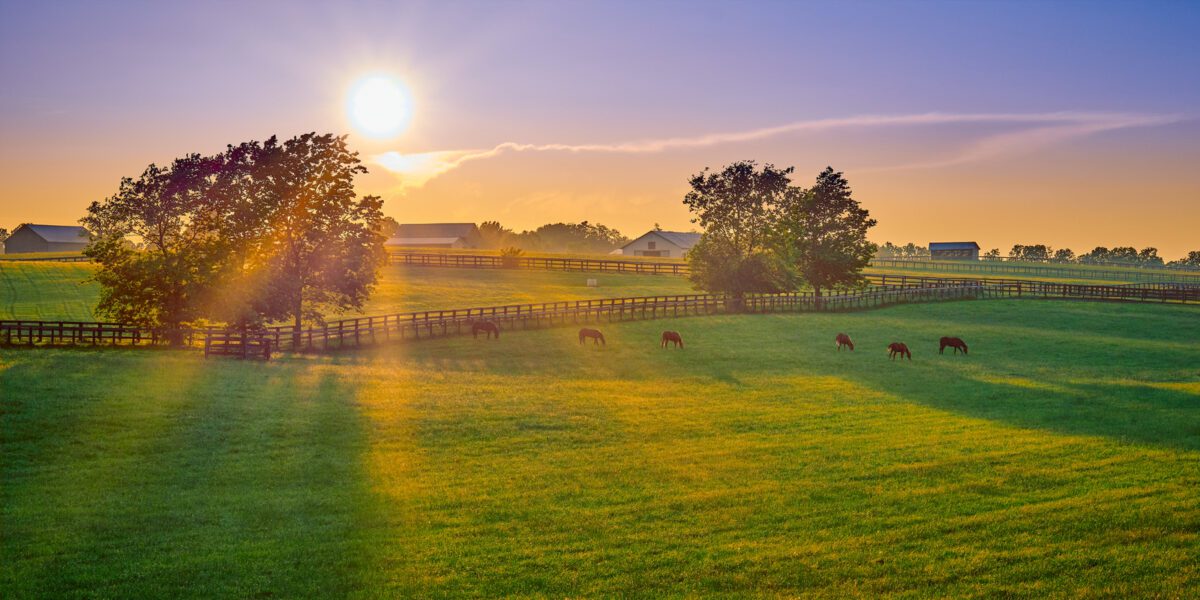
Kentucky Bluegrass
Kentucky bluegrass is part of the bluegrass species that has become synonymous with the perfect American lawn. It’s one of the most common types of grass in the country, and even more so in Texas. Under optimal conditions, Kentucky bluegrass creates a green, luscious, dense, and durable lawn.
The individual blades of grass are relatively fine but durable and are typically a bold green shade when maintained correctly. One of the most appealing aspects of Kentucky bluegrass is that it develops stems called rhizomes, which grow underground. These help produce healthy sods of grass beneath the surface.
Rhizomes and thriving sods not only make Kentucky bluegrass suitable for homes, but they also make the species a popular option for natural grass sports fields. When healthy, it’s very durable, flourishes in the cold, and has solid resistance to heat and drought.
As with many species, Kentucky bluegrass can suffer in hot weather and isn’t the best grass for Texas heat. Overexposure to sun and heat can damage the grass and stall growth. However, it has excellent recovery abilities and tends to rebound quickly. In times of drought, you’ll need to water the grass to maintain its condition.
Kentucky bluegrass is suitable across Texas, but it typically requires irrigation. In extremely hot and humid areas, it may be prone to disease, making it difficult to maintain in your garden.
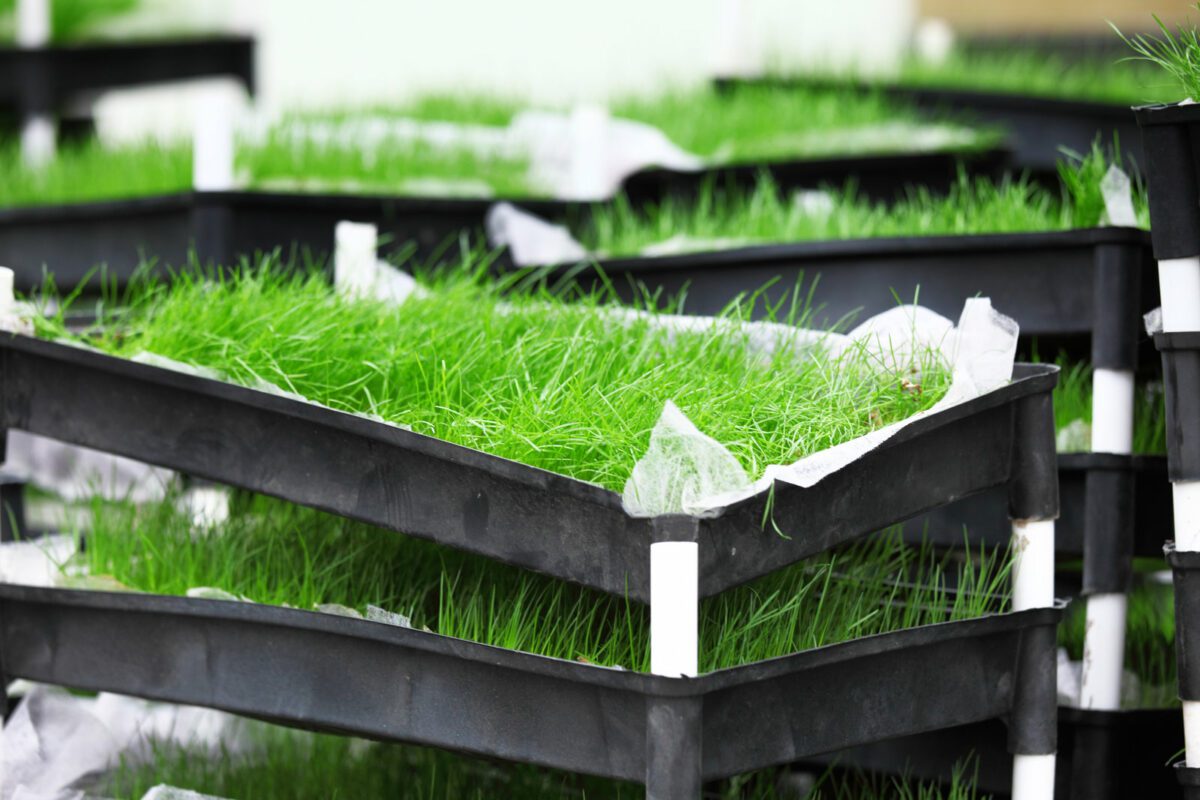
Zoysia
Zoysia is a very popular grass species for homeowners and is arguably the best grass for Central Texas. It’s available in different varieties, each of which has slightly different characteristics, such as shade tolerance and color. The differences are negligible to some but extremely important to gardening enthusiasts.
The most common varieties are Z. japonica and Z. matrella. The Z. japonica has a medium blade width and an emerald green color. It’s moderately tolerant to shade but is extremely resistant to cold. On the other hand, the Z. matrella has a fine blade with a much darker color. The key difference is that it has a high shade tolerance.
One of the main reasons for its popularity is that zoysia grass grows thick but slowly. Therefore, it requires less maintenance and makes it difficult for weeds to develop. With good shade and heat resistance, it’s an ideal species for hot weather. Even in times of drought, it can stay healthy.
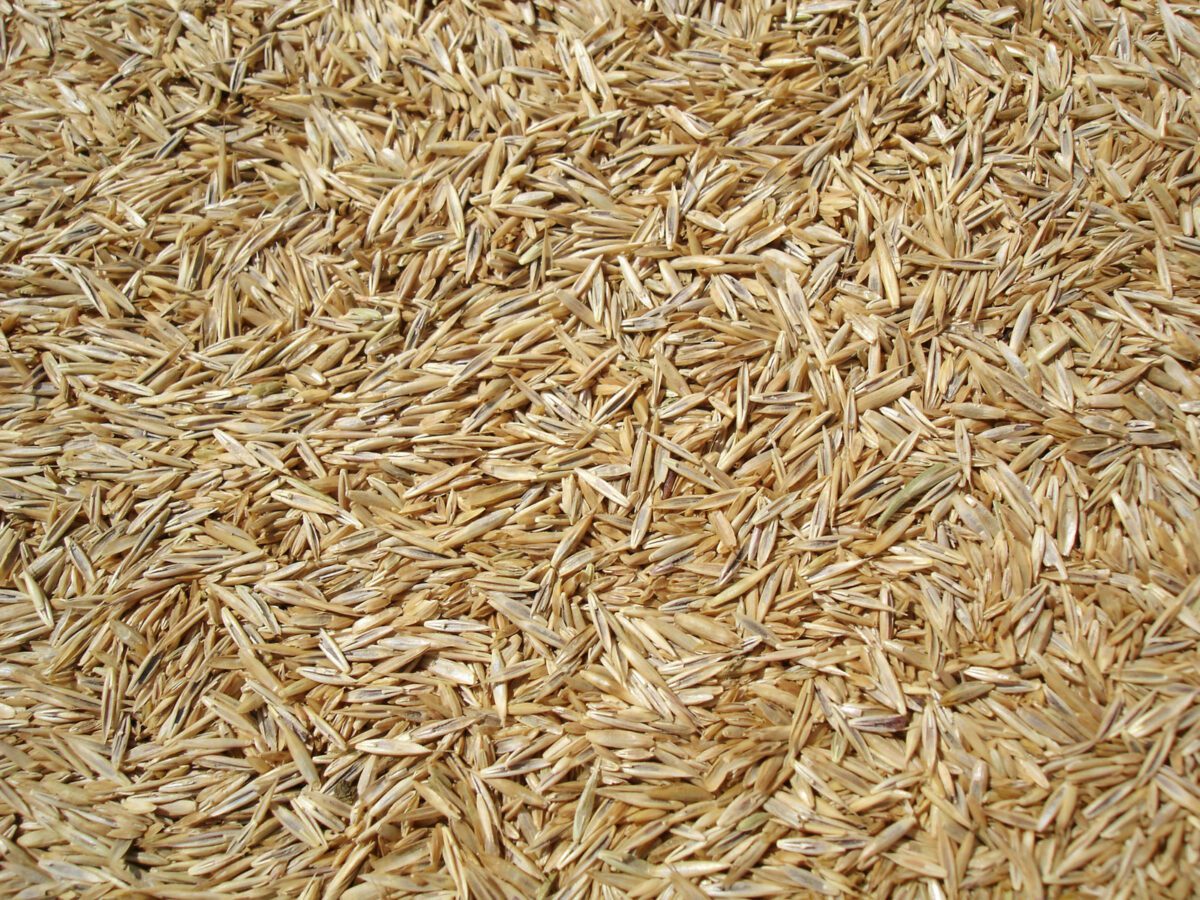
Centipedegrass
Centipedegrass is one of the most popular types of grass in Texas for three main reasons. Firstly, it’s extremely low maintenance with its medium-textured blades and slow growth rate. Secondly, this species produces thick, dense, and lusciously green grass that looks fantastic.
Finally, it’s very resistant to weather and suits a variety of climates, meaning it’s found all over Texas. Centipedegrass thrives in the sun and shade and it doesn’t require much fertilizer, if any. While it can sustain dry weather, it struggles in prolonged drought so irrigation may be needed at certain times during the year.
The main drawback with centipedegrass is that it doesn’t do well under traffic. If you’re looking for turf for an active garden or a play area for your kids, this isn’t a good option. However, for a purely aesthetic, low-maintenance garden, you’ll struggle to find a better species.
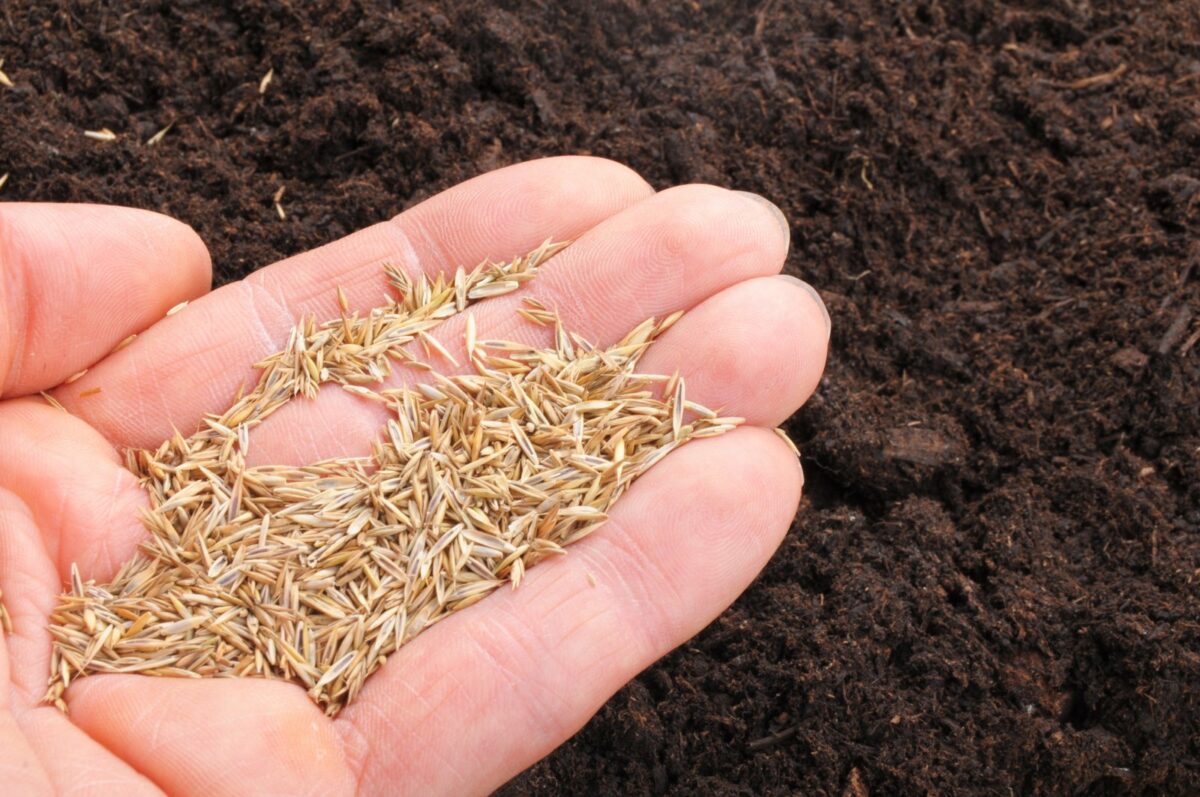
Buffalograss
Buffalograss is an indigenous Texas species that has adapted perfectly to the hotter and drier areas of the state. Many believe it to be the best drought-tolerant grass for Central Texas. It’s also found throughout the east, because of its ease of maintenance.
This species is one of the most durable in extreme temperatures, both hot and cold. However, in areas where annual rainfall exceeds 30 inches, buffalograss can cause a lot of issues, particularly with weed encroachment. It requires minimal fertilization and doesn’t need much water. Remember, it’s drought resistant.
While buffalograss is a durable and low-maintenance species, once it’s over watered, by rain or irrigation, it becomes problematic. Therefore, it’s not recommended for east Texas where annual rainfall ranges between 25 to over 30 inches and there is relatively slow runoff.
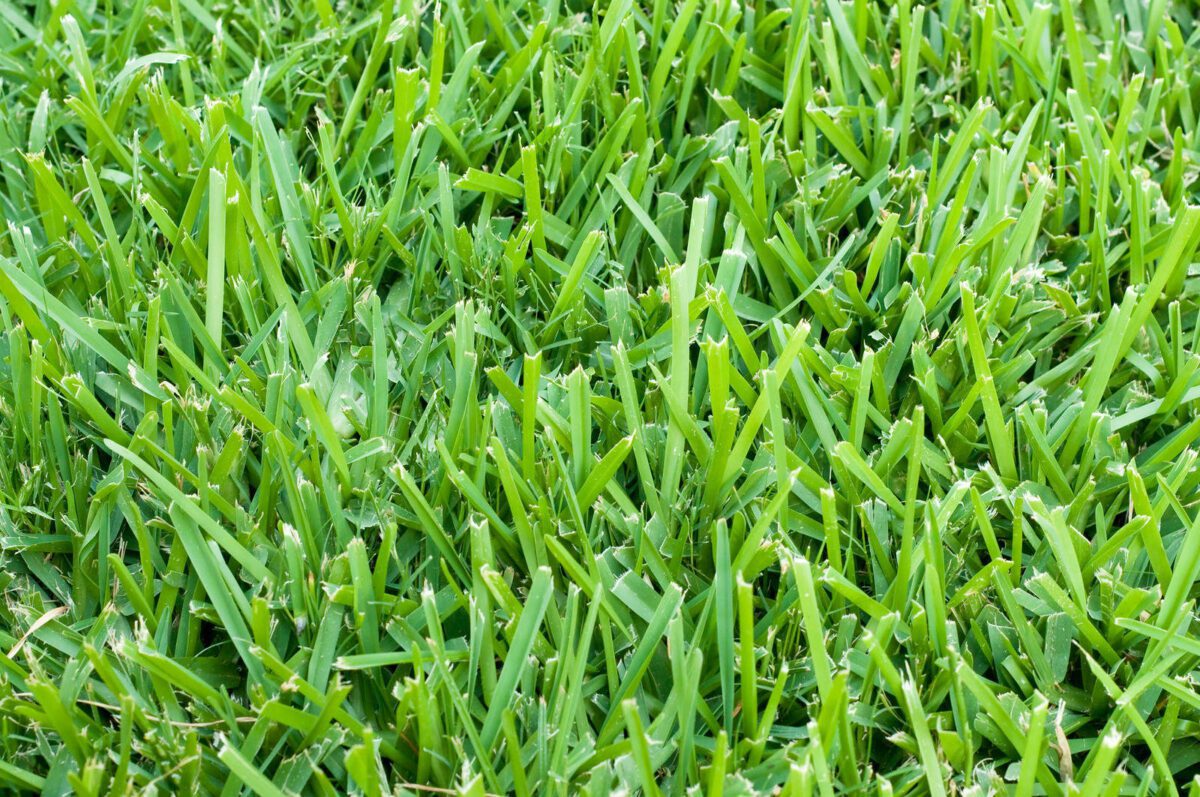
St. Augustine Grass Texas
We just discussed a grass species that should be avoided in East Texas. Now let’s take a look at one that does very well in that region. St. Augustine performs at its best in the shade so it’s a perfect species for a garden or lawn with plenty of tree cover. It’s also not very drought resistant so the east Texas rain is important.
Texture-wise, St. Augustine grass is quite coarse and tough. Yet still, high traffic can damage it so it’s not a great option if your kids play in the yard regularly. Its blades are wider than the species we’ve covered so far, giving your lawn a full appearance. After mowing, it’s one of the prettiest species you’ll find and is very green.
One of the primary drawbacks of St. Augustine is that it can require significant maintenance, especially if you want to keep it looking its best. Annual dethatching is recommended, which essentially means tearing into and removing thick layers of thatch with a rake. This gets rid of dead grass and unwanted materials.
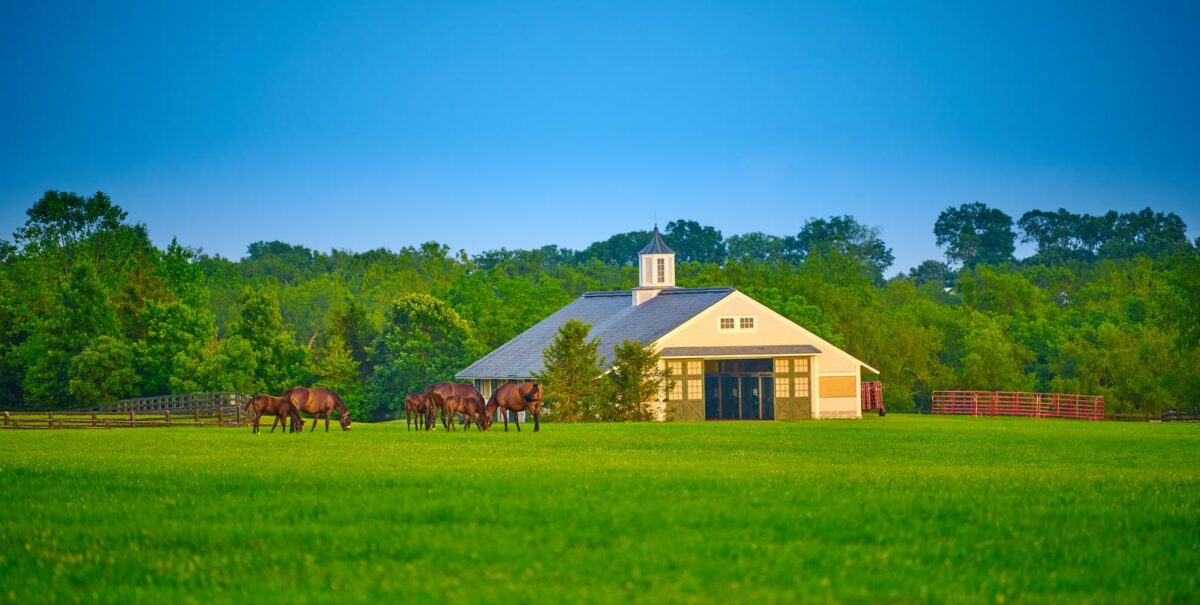
Carpetgrass
Carpetgrass is another East Texas species that does well in shade, sun, and rain. However, it’s not as shade tolerant as St. Augustine so you won’t want too much tree cover. The medium-sized, perennial blades grow thickly and abundantly, giving it significant resistance to traffic.
You can even find carpetgrass on golf course fairways, particularly those with strict maintenance protocols. As you might expect after hearing it’s used on golf courses, carpet grass is a bright green and healthy-looking species that maintains its appearance in fluctuating weather.
In terms of maintenance, carpetgrass should be mowed regularly during summer to ensure the seed stalks are managed. In general, seed stalks grow every five days, but this doesn’t mean you have to mow that often. Keep the grass length somewhere between ¾ inches to two inches to keep it in optimal health and appearance.
If seed stalks get out of hand, you may need to use a flail mower to get it back under control. Although seed stalks aren’t a major problem, they can cause your lawn to thin out and they look rather unsightly. Prevention is key when dealing with this type of situation.
Bermuda Grass
Bermuda grass is one of the most versatile species and can be found all around Texas due to its fast growth rate and durability. It’s drought and temperature resistant and thrives in sandy soils, although it can be adapted to virtually any soil type.
Because east Texas can have a tough climate for certain grass species, bermuda is very popular there for homes and even urban use. But its exceptional tolerance for traffic makes it an extremely common grass for golf courses and sports fields statewide. Due to its growth rate, it recovers quickly when damaged.
Bermuda grass comes in several varieties with different densities so you can choose one according to your needs. With careful maintenance, it’s one of the best all-around species you can find. The fast growth rate can result in full and lush lawns and it also mitigates weed development.
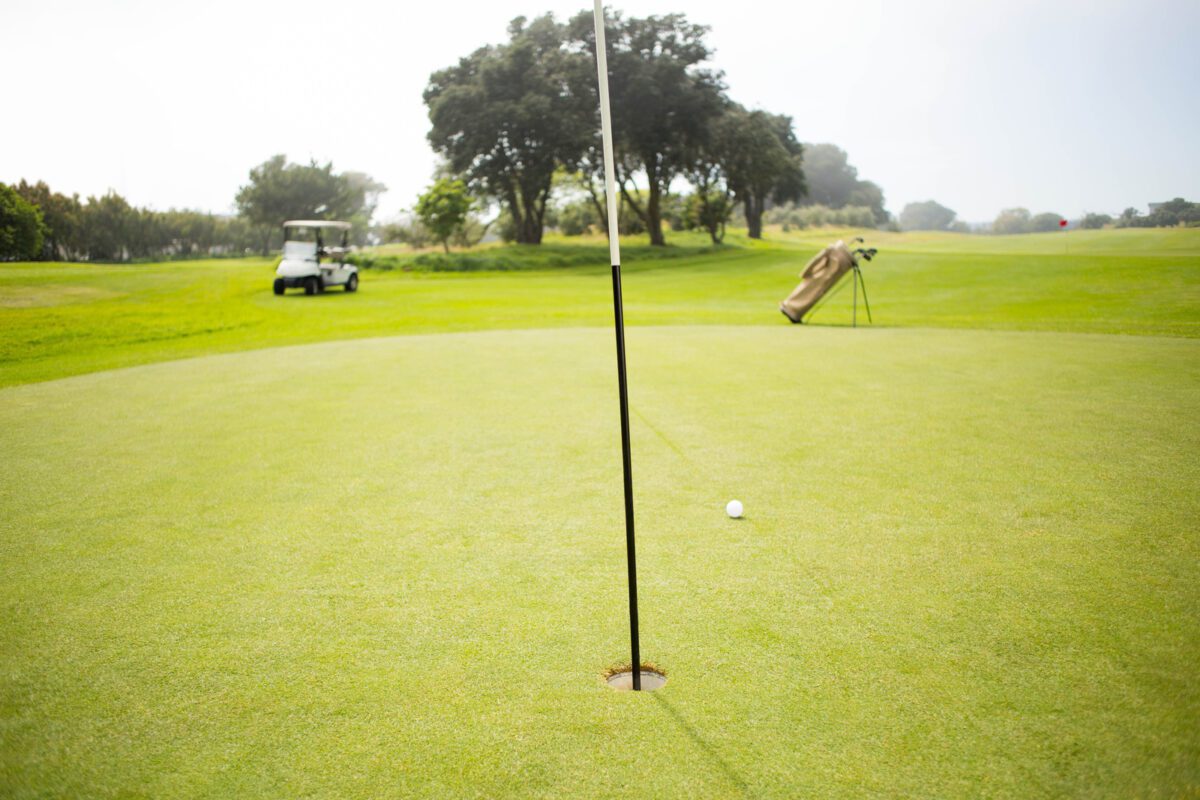
Seashore Paspalum Grass
Seashore paspalum is found almost exclusively across the southern half of Texas and is most popular in eastern regions. It’s similar to bermuda grass in its resilience and appearance. However, it’s less resistant to cold, hence why it’s located predominantly in the south.
While seashore paspalum is a durable and beautiful-looking species, it requires significant maintenance, particularly when it comes to mowing. To keep disease at bay and to ensure it’s looking its best, it should be mowed often and kept at one inch long or less.
For a fast-growing grass type, this can be taxing. Therefore, it’s used predominantly for sports fields and golf courses, where careful maintenance and upkeep are prioritized. That said, if you’re willing to do the maintenance, seashore paspalum can provide you with a stunning lawn that your neighbors will be jealous of.
Tall Fescue Grass
When maintained at a relatively high length of over 2.5 to 4 inches and irrigated regularly, tall fescue offers a full and natural-looking lawn. As a cool-season species, it’s shade and temperature resistant. And, even without fertilizer, it rarely gives issues with disease.
Tall fescue has moderate tolerance to traffic but high resistance to temperature. So, it’s best suited to gardens that don’t see much action. It grows quickly so the high blade length is relatively easy to maintain. With irrigation and around four hours of sun per day, tall fescue stays green and lush year-round.
Aesthetically, tall fescue isn’t everyone’s cup of tea. But its resilience and ease of maintenance are attractive. So, its seeds are often mixed with other species, like Texas bluegrass lawn seed or perennial ryegrass.
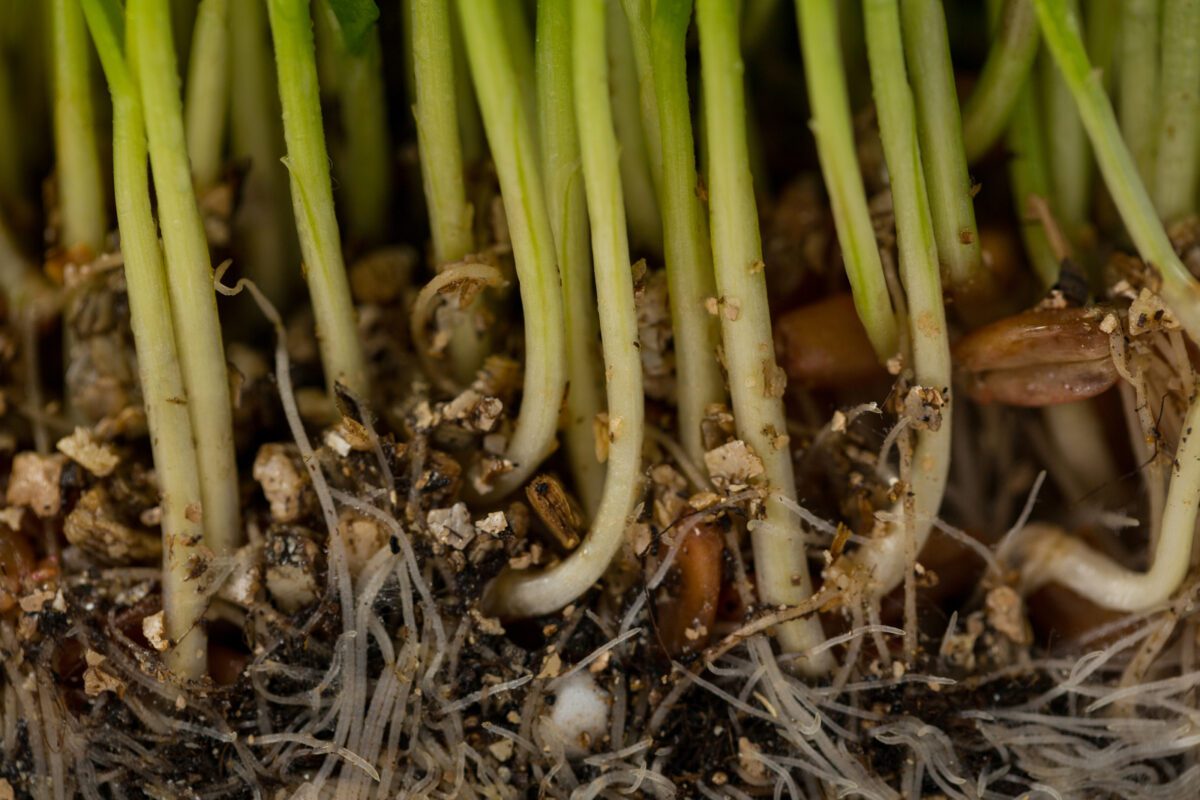
Perennial Ryegrass
Perennial ryegrass is an important species in Texas despite not being used regularly as a standalone grass. It’s often used as a temporary grass to prevent soil erosion before a permanent lawn is planted. So, you’ll often see perennial ryegrass in lawns for new builds or during renovations.
It germinates extremely quickly and can go from a freshly seeded section of turf to a mowable lawn in as little as three weeks. You’ll only see perennial ryegrass used as a permanent lawn in areas like the High Plains where it can get a lot of sun. But still, even under these conditions, it’ll need to be watered regularly.
Perennial ryegrass is predominantly used to nurse other species during the winter. Its fast germination abilities allow it to protect other species when temperatures cool. When used to overseed, perennial ryegrass also rejuvenates the color of a lawn, which is important for golf courses, athletic fields, and large grassy areas.
Best Grass For Texas
As you can see, there are several great species of grass that thrive in Texas. However, the variables involved in achieving a great lawn are so vast that there is no consensus best. The climate, soil type, and presence of trees and plants have enormous impacts.
Another important factor is maintenance. If you don’t have time to take care of high-maintenance grass, you’ll need to find one that suits your needs. But this might mean sacrificing aesthetics. Personal preferences also come into play when determining the best grass.
That’s why it’s important to get to know the different grass species that are available, consider all the environmental factors, and determine how much maintenance you’re willing to put in to get the lawn you want. Then, you can easily determine the best grass for you.
References
- Kentucky bluegrass info: pennington.com
- General grass info: austintexas.gov
- Buffalograss info: geckogreen.com
- Carpetgrass seedstaks: aggie-hort.tamu.edu
Christian Linden is a seasoned writer and contributor at Texas View, specializing in topics that resonate with the Texan community. With over a decade of experience in journalism, Christian brings a wealth of knowledge in local politics, culture, and lifestyle. He holds a Bachelor's degree in Communications from the University of Texas. When he's not writing, Christian enjoys spending weekends traveling across Texas with his family, exploring everything from bustling cities to serene landscapes.











